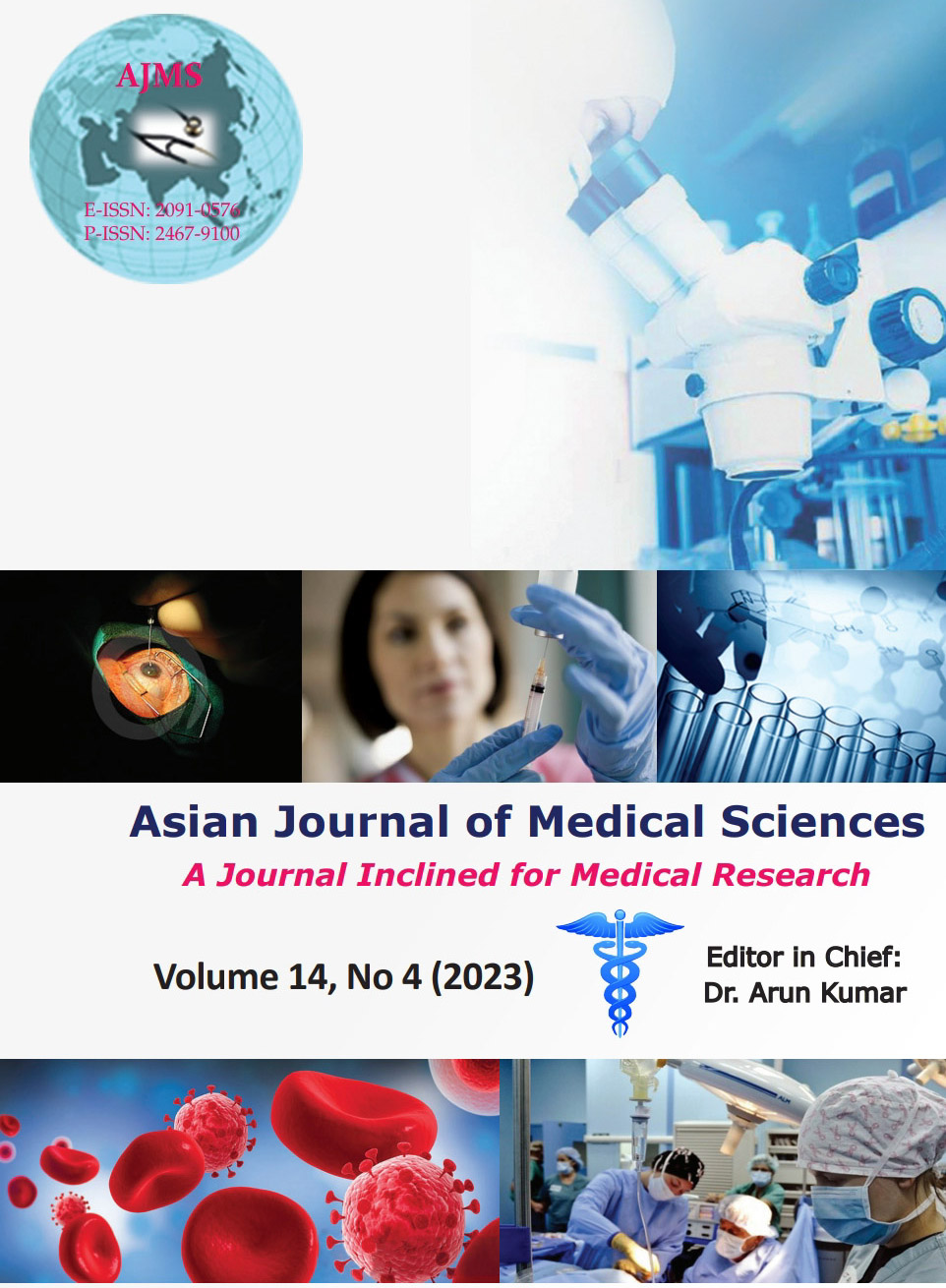A case series on post-traumatic facial nerve palsy
Keywords:
Facial nerve; Nerve conduction study; Pure-tone audiometry; House–Brackmann’s grading; HRCT temporal boneAbstract
Road traffic accidents accounts a for substantial proportion of traumatic facial nerve injuries. Facial nerve paralysis causes considerable facial disfigurement and emotional distress to the patient. It can cause detrimental effect on both voluntary and involuntary actions of facial muscles. Importantly, it can interrupt normal daily functions such as eating and drinking. Therefore, early identification and surgical intervention are of prime importance in the management of traumatic facial nerve palsies, which is described below in this case series. The goal is to find out type of temporal bone fractures in patients with traumatic facial nerve palsy, to find out the common site of facial nerve injury in patients with traumatic facial nerve palsy, and to assess the surgical outcomes in patients who underwent facial nerve decompression. Case series of five patients who are admitted in ENT Wards in Rajiv Gandhi Government General hospital with traumatic facial nerve palsy were included in this study. Thorough history taking, otoscopic examination, audiological evaluation, radiological Imaging (HRCT temporal bone), topodiagnostic tests, and nerve conduction studies were done in all the five cases. All five patients presented with either grade 3/grade 4 facial palsy according to House–Brackmann’s grading system. HRCT temporal bone showed a fracture line in all the five cases. Electroneuronography showed more than 90% degeneration in all the cases. All the patients underwent facial nerve decompression followed by a course of oral steroids and post-operative physiotherapy. All five cases showed remarkable improvement in facial palsy after surgery with leveling up to House–Brackmann grade 2 and grade 1, early identification of facial nerve palsy due to trauma and prompt management by surgical intervention plays a important role in the management of facial nerve palsy.
Downloads
Downloads
Published
How to Cite
Issue
Section
License
Copyright (c) 2023 Asian Journal of Medical Sciences

This work is licensed under a Creative Commons Attribution-NonCommercial 4.0 International License.
Authors who publish with this journal agree to the following terms:
- The journal holds copyright and publishes the work under a Creative Commons CC-BY-NC license that permits use, distribution and reprduction in any medium, provided the original work is properly cited and is not used for commercial purposes. The journal should be recognised as the original publisher of this work.
- Authors are able to enter into separate, additional contractual arrangements for the non-exclusive distribution of the journal's published version of the work (e.g., post it to an institutional repository or publish it in a book), with an acknowledgement of its initial publication in this journal.
- Authors are permitted and encouraged to post their work online (e.g., in institutional repositories or on their website) prior to and during the submission process, as it can lead to productive exchanges, as well as earlier and greater citation of published work (See The Effect of Open Access).




